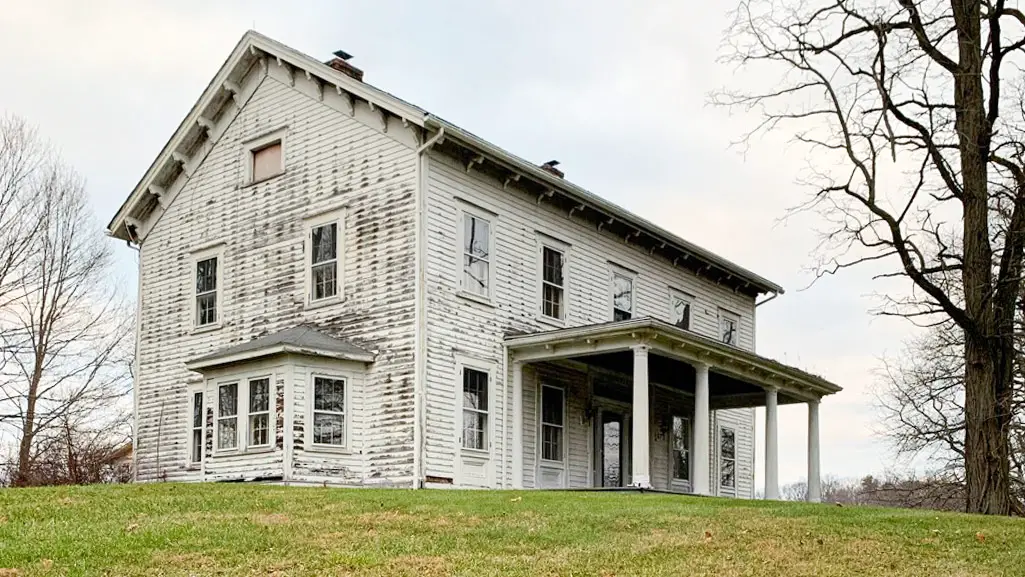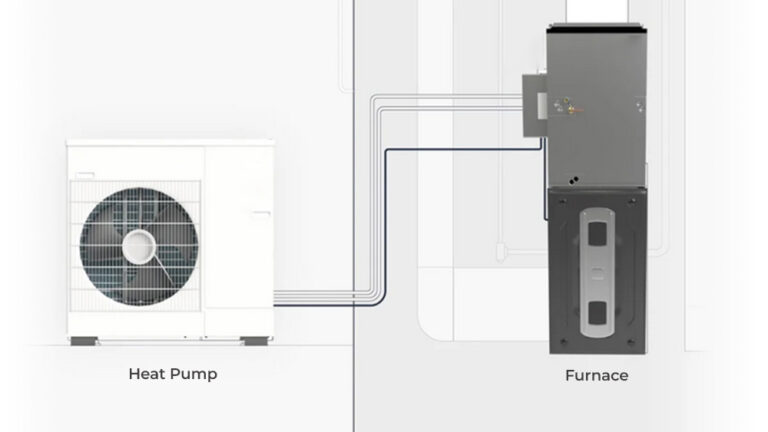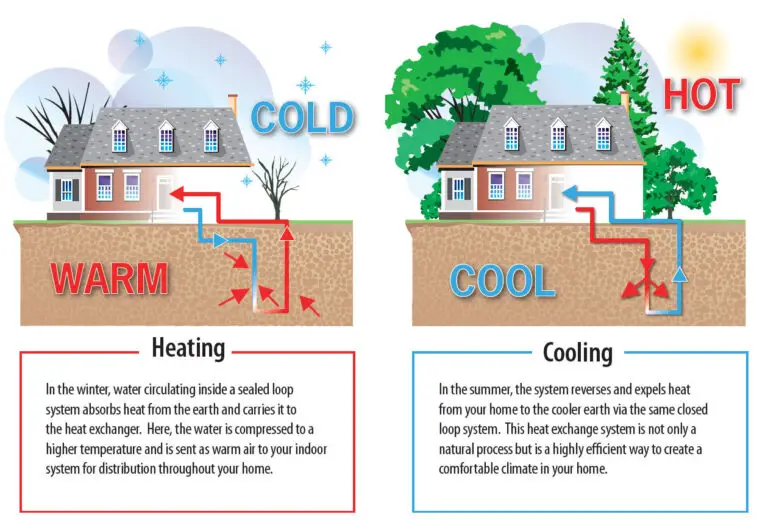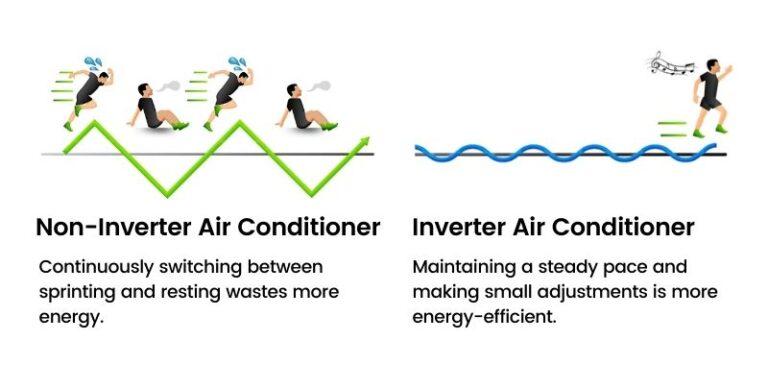Old Homes, New Comfort: Retrofitting Historic Properties with Hybrid Air Conditioning
Retrofitting a historic home is no small endeavor. It’s an intricate dance of retaining the charm of yesteryear while integrating the convenience and sustainability of modern living. Among the most crucial advancements in this delicate process is climate control, often the pivot between preserving aesthetics and ensuring comfort. Traditionally, historic homes have been cool in winter and warm in summer due to their thick walls and other design elements, but they may still lack the consistent interior climate that modern inhabitants prefer.
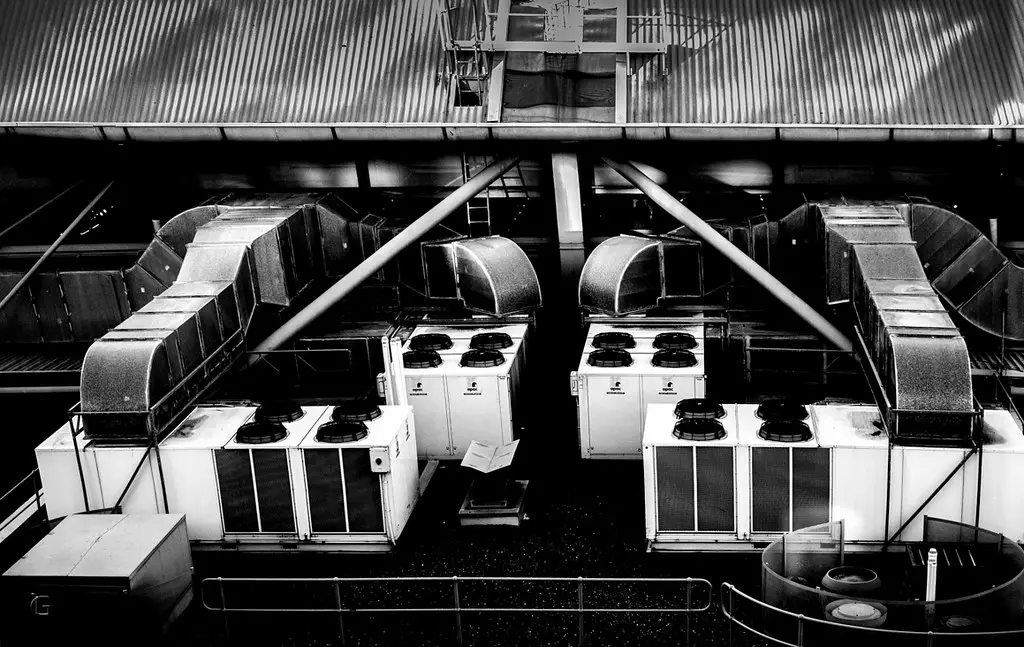
Challenges of Retrofitting Historic Properties
Before jumping into the solution, it’s necessary to acknowledge why cooling historic homes presents unique challenges. These properties often have structural limitations that make standard air conditioning installation troublesome, if not impossible. Energy efficiency concerns are critical as well; older homes were not built with the same insulation and energy standards as modern constructions, leading to potential inefficiencies and high utility bills. Lastly, there is the significant concern of preserving the aesthetics of the home, which may be at risk with the installation of bulky, unsightly modern cooling systems.
Hybrid Air Conditioning Systems
In recent years, a solution has emerged that elegantly addresses these concerns – the hybrid air conditioning system. This innovative system combines the technology of traditional air conditioning with the harmony of ductless mini splits. By using a heat pump, which can both heat and cool, and a sophisticated energy management system, these hybrid systems can provide the required comfort levels with less power consumption and a reduced CO2 footprint. The ductless mini splits can be installed inconspicuously in such a way that they do not detract from the historic appeal of the home, and the central air system can even be hidden in existing structures or additions.
Benefits for Historic Homes
The benefits of hybrid air conditioning are manifold. Energy efficiency is significantly improved, and the climate control is more precise, which is essential for both human comfort and the preservation of a home’s contents. Additionally, the aesthetic concerns are addressed effectively, with many hybrid systems offering a range of designs to suit the interior look of any historic home.
Installation Process and Considerations
Planning and Assessment
A professional assessment is the first step. This involves a detailed look at the structure, size, and layout of the home to determine the most effective placement and types of units needed. A load calculation is also performed to establish the amount of cooling required for each part of the house. This step is critical as it dictates the performance and efficiency of the system.
Customization for Historic Homes
The next phase is the customization process. Every historic home is unique, and the cooling system should reflect this. Customization may involve designing specific ductwork paths and placements that work in harmony with the home’s architecture. For homes where ductless systems are preferred, a careful balance must be struck between optimal performance and visual integration.
Maintenance and Cost Considerations
Hybrid systems are more complex than traditional air conditioning and require a professional with expertise in both central and ductless systems. While the initial cost may be higher, the energy savings over time combined with less invasive maintenance and the preservation of the home’s historic charm make it an investment worth considering.
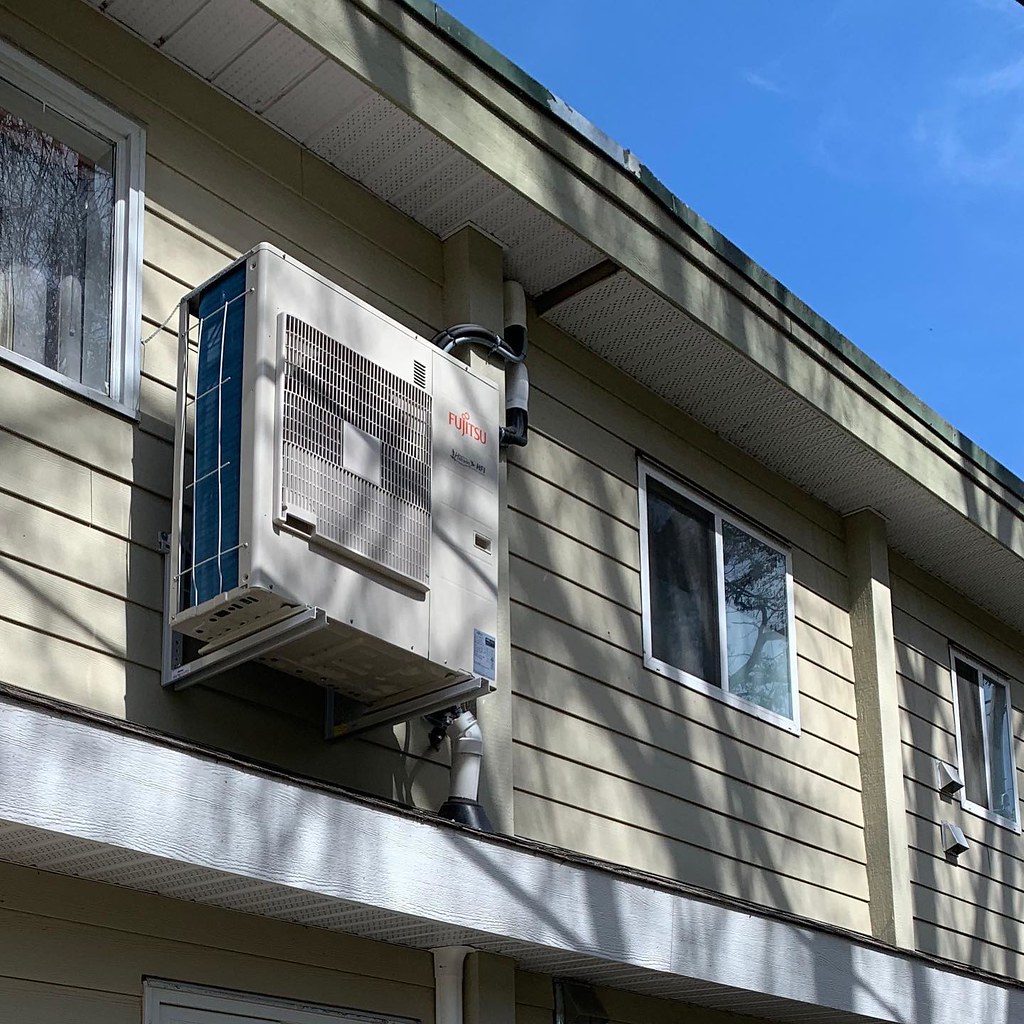
Case Studies
To truly understand the value of hybrid air conditioning, looking at successful case studies can be incredibly enlightening. Imagine an 18th-century colonial home in the humid south that’s now able to showcase its history without the mustiness that often plagues older homes. Or a Victorian mansion in the northeast that remains cool in the midst of a heatwave, allowing visitors to appreciate the intricate woodwork without the discomfort of oppressive heat.
Conclusion
The retrofitting of historic homes is a balancing act, particularly when it comes to modernizing the home without sacrificing its unique character. Hybrid air conditioning systems have emerged as the ideal solution for homeowners looking to preserve the past while ensuring comfort and energy efficiency for the future. By choosing to invest in a hybrid system, homeowners not only improve their quality of life but also contribute to the preservation of our architectural heritage.
For homeowners contemplating the comfort of their historic abode, it’s clear that the past and the present can indeed harmonize, breathing new life into old homes. Retrofitting with a hybrid air conditioning system is more than just upgrading a comfort feature; it’s about ensuring that history is not just a relic to be admired, but a living, breathing piece of our daily lives. If you’re a homeowner with a love for the past and a vision for the future, consider the possibilities that lie within the walls of your historic home, waiting to be refreshed with the gentle touch of a hybrid cooling system.

